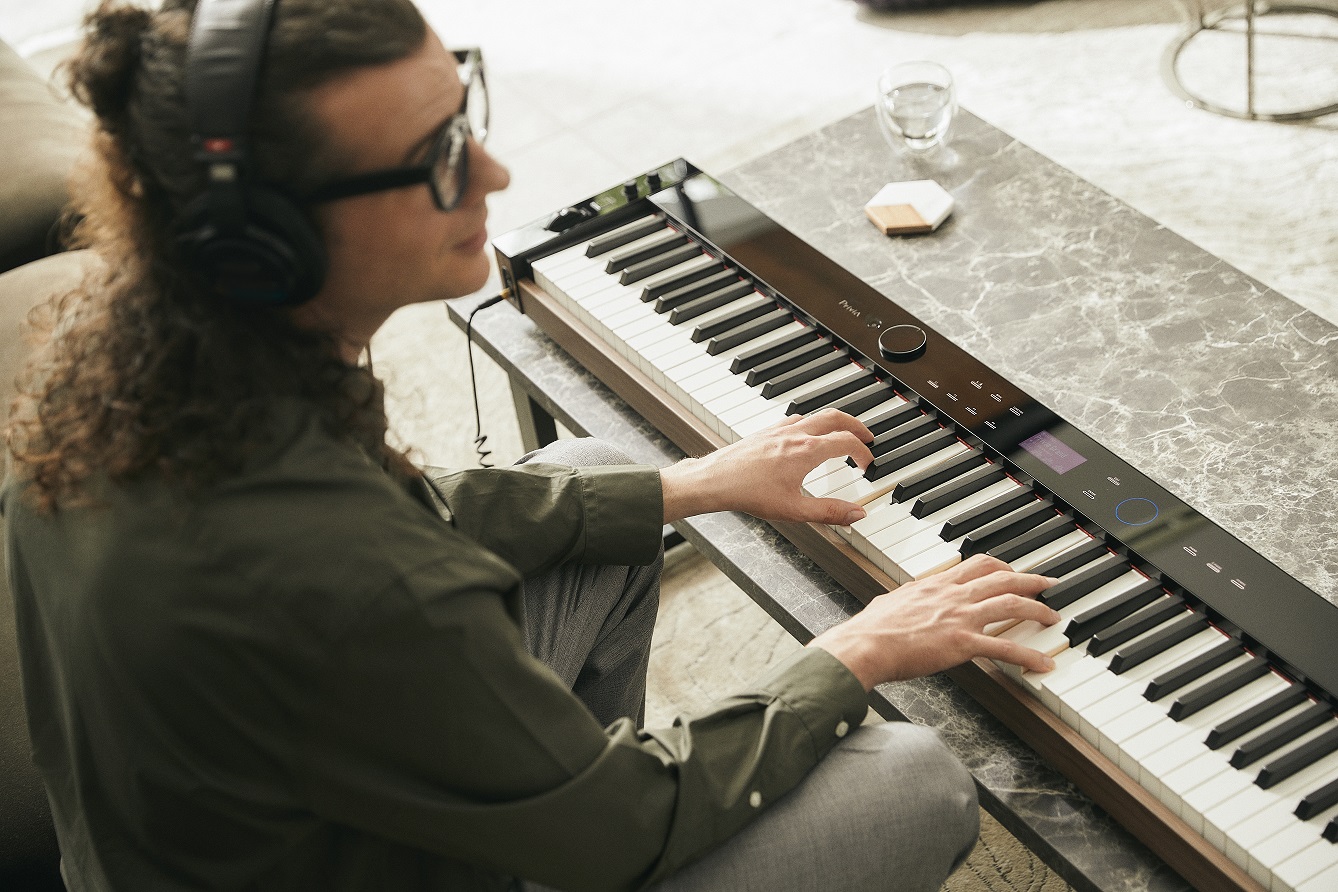Modern motion systems rely on far more than actuators alone. There is one essential element that influences the work of the whole automated unit, and this is the control box. This is what determines the smoothness of every lift, adjustment precision, and movement synchronization.
This compact electronic hub interprets commands, distributes power, manages safety functions, and ensures every actuator performs exactly as intended. Without it, even the most powerful actuator would be little more than a motor waiting for instructions.
Control boxes in motion systems serve as the “hidden brain” of automation, connecting inputs from switches, sensors, or remotes and translating them into controlled movement. Whether used in smart furniture, robotics, industrial machines, home automation projects, or customized DIY builds, they make motion predictable, safe, and effortless.
What Exactly Is a Control System for Linear Actuators?
A control system for linear actuators is the operational interface that gives users direct control over motion. It usually consists of a control box, a power supply, and a user input device such as a wired switch, joystick, keypad, or wireless remote. This system manages the actuator’s direction, speed, and movement limits.
Modern actuator control systems may also include features such as:
- adjustable speed settings
- synchronized operation for multi-actuator projects
- memory presets for height or position recall
- compatibility with external controllers (Arduino, PLCs, smart home hubs)
- timer-based automation and programmable routines
In simple terms, a control system turns electrical energy into predictable, repeatable movement, while giving the user as much or as little control as the project requires.
Types of Actuator Control Systems for Better UX
Actuator control systems come in several variations, each designed to match different levels of complexity and user experience. The most common types include:
1. Basic Wired Controls
These are the most straightforward solutions, typically using rocker switches, push buttons, or joysticks that send direct extend/retract commands. Ideal for desks, vents, hatches, and projects where simple forward/reverse motion is enough.
2. Wireless Control Systems
Wireless options use RF, Wi-Fi, or Bluetooth to provide remote operation from a distance. They are especially useful in home automation, adjustable furniture, or any application where reaching the switch manually is inconvenient.
3. Synchronized Multi-Actuator Systems
When two or more actuators must move in perfect harmony – such as in lifting systems, TV lifts, or industrial equipment – synchronized controllers keep their motion aligned using Hall effect or optical feedback.
4. Programmable and Smart Controllers
These advanced systems allow users to define automation routines such as:
- custom stroke limits
- timed movement cycles
- memory positions
- soft-start/soft-stop
- integration with external modules or microcontrollers
Programmable controllers are often used in robotics, agricultural equipment, adjustable medical devices, and smart home installations.
How Control Boxes Fit Into the System
Control boxes simplify installation by offering a plug-and-play solution that connects actuators, power sources, and input devices in one central hub. Built-in safety features, such as overload protection, current limits, and anti-collision capabilities, help protect motors and equipment from damage.
Most control boxes support multiple remote options, from simple up/down switches to advanced programmable keypads or wireless remotes. Joysticks and rocker switches remain reliable choices for manual control, while RF and Bluetooth remotes enhance convenience for remote operation.
For projects requiring automation or third-party integration, relays and controllers make it possible to connect actuators to microcontrollers (Arduino, Raspberry Pi), PLCs, or smart home systems. This creates opportunities for temperature-based vents, automated storage compartments, advanced robotics, and more.
Control boxes also vary by:
- number of channels (single, dual, or multi-channel options)
- input voltage (commonly 12V or 24V DC)
- feedback compatibility (Hall, optical, or no feedback)
- programming features
- safety and regulation functions
The wide selection allows users to choose a control method tailored to their project’s complexity, whether the goal is simple manual control or fully automated, synchronized motion.
How to Choose the Right Actuator Control System for Home Automation
Selecting a control system depends strongly on the demands of your project. Before choosing a control box or remote, it’s helpful to define the following:
1. Number of Actuators
A single-actuator project, such as a drop-down shelf, can use a basic one-channel control box. However, multi-actuator systems for TV lifts, beds, cabinets, or lifting platforms often require synchronized controllers to maintain even and balanced movement.
2. Type of Control Needed
Different applications require different levels of control. For example:
- A simple vent opener only needs a basic wired switch.
- A standing desk or adjustable bed may require memory presets and synchronization.
- A hidden cabinet lift may benefit from wireless remote control.
- A smart-home window opener can use programmable automation triggered by sensors.
Understanding how the actuator will be used daily helps determine which control features matter most.
3. Power Supply Requirements
Each control box is designed for a specific voltage (usually 12V or 24V DC). It’s important to match this with the actuator and ensure the control system can supply enough current for the load.
Practical Examples
-
Kitchen Automation:
A user building an automated hidden spice rack or lift-up cabinet door can rely on a simple wireless control box. Wireless operation keeps the design clean, while soft-start/stop features ensure smooth movement.
-
Home Theater Systems:
TV lifts typically use synchronized dual-channel control boxes, especially when multiple actuators support the same lift column. A programmable controller adds memory presets for preferred viewing angles.
-
Smart Windows or Skylights:
Actuators in window automation systems often pair with sensor-driven programmable controllers, allowing temperature, rainfall, or timer-based opening and closing.
-
Ergonomic Furniture:
Height-adjustable tables or recliners use multi-channel systems with feedback synchronization. Memory remotes store preferred positions for quick adjustment.
These examples show how each control type fits a practical scenario, making it easier to choose the right system.
Additional Considerations When Selecting a Control Box
Beyond the primary factors, a few extra details can influence the final choice:
-
Safety Features:
Over-current protection, limit switch compatibility, and anti-pinch functions.
-
Feedback Type:
Some control boxes only support Hall-sensor actuators, while others work with non-feedback models.
-
Installation Environment:
Outdoor or industrial applications may need sealed or dust-resistant enclosures.
-
Expandability:
If future upgrades are planned, such as adding additional actuators or sensors, choosing a modular control system helps avoid redesigns later.
-
Ease of Wiring:
Plug-and-play connectors reduce installation time and minimize the risk of incorrect wiring.
A properly selected control system turns any actuator project into a dependable, well-coordinated motion solution.
Find a Home-Based Business to Start-Up >>> Hundreds of Business Listings.
















































